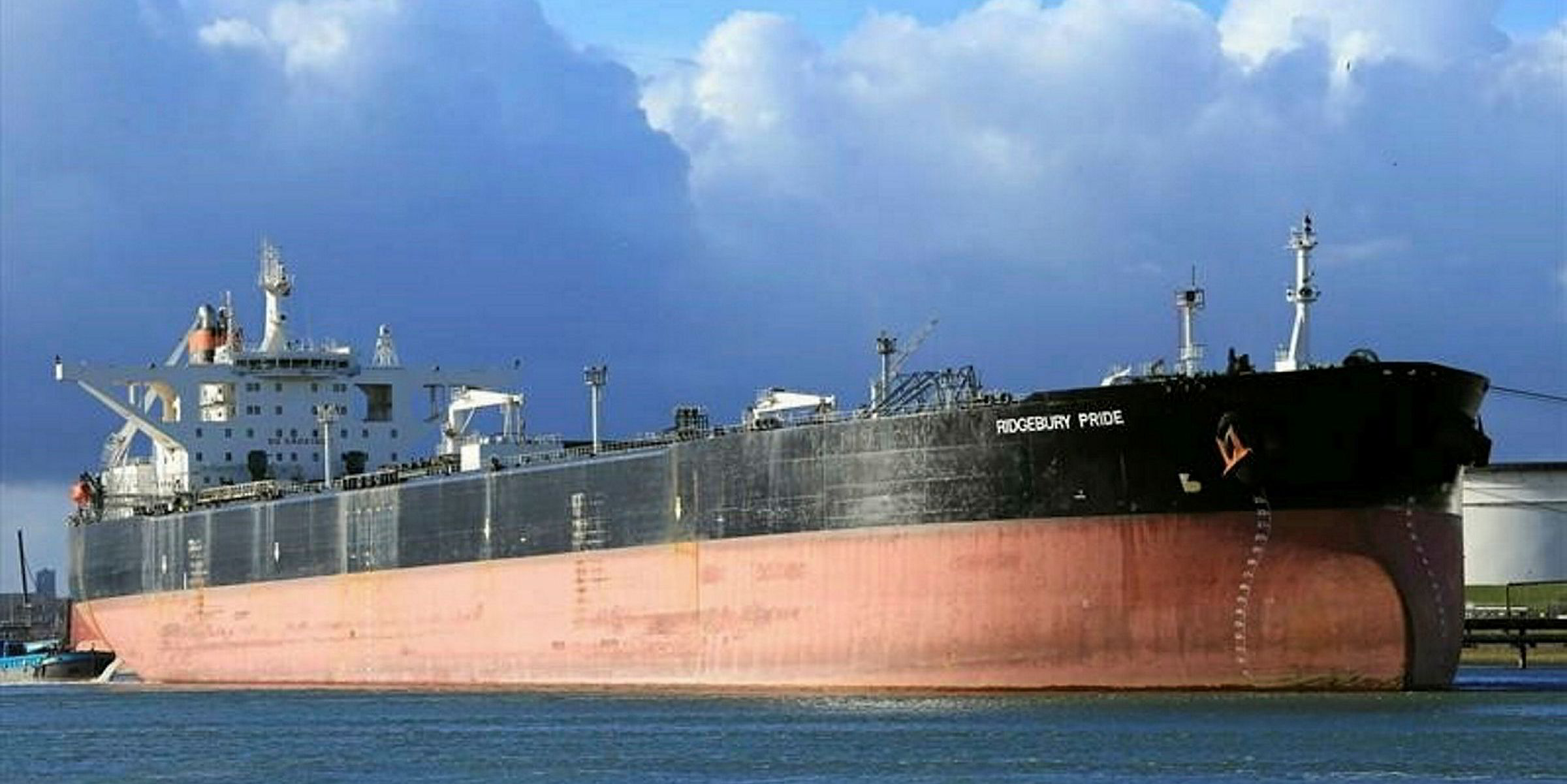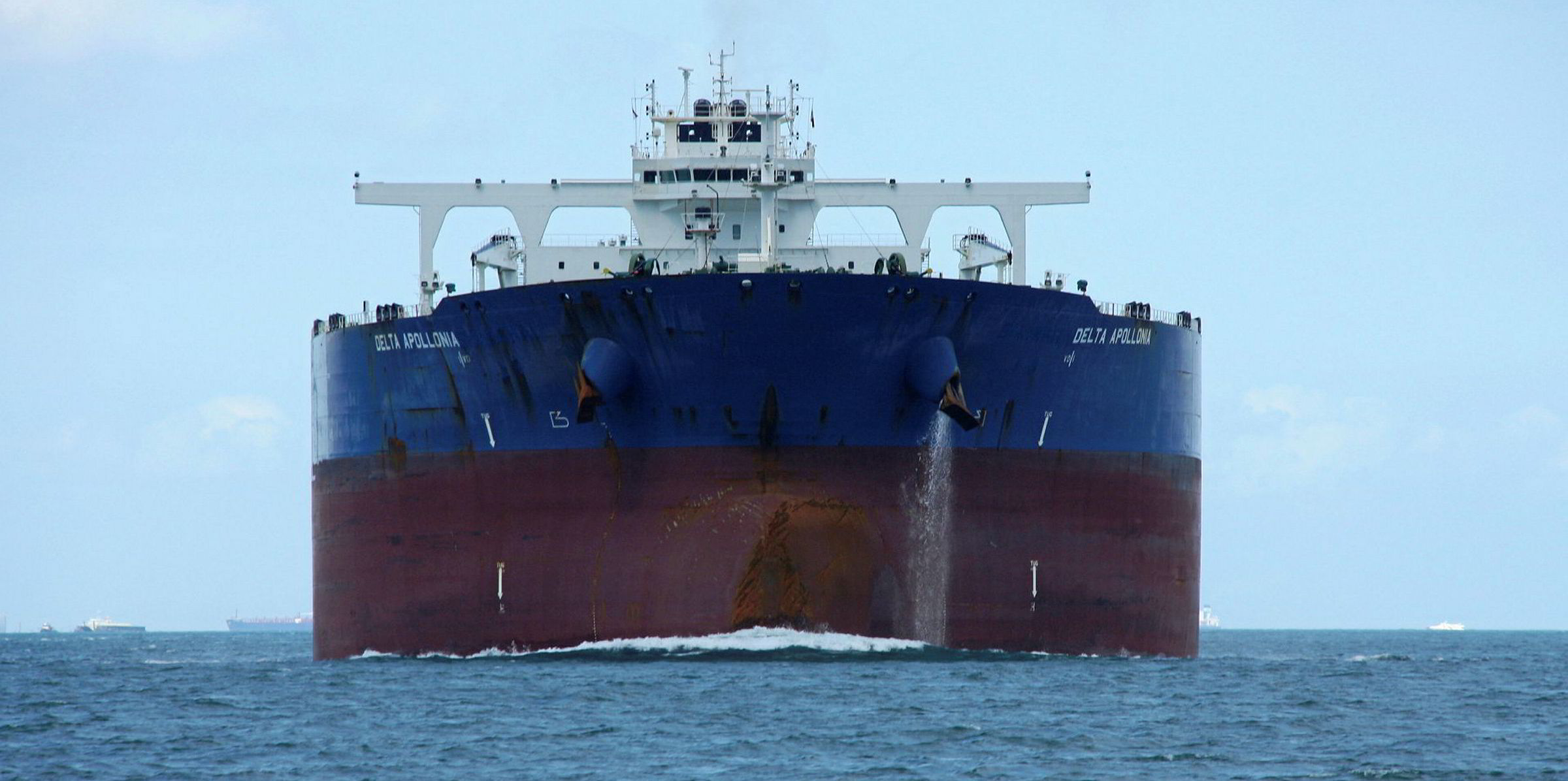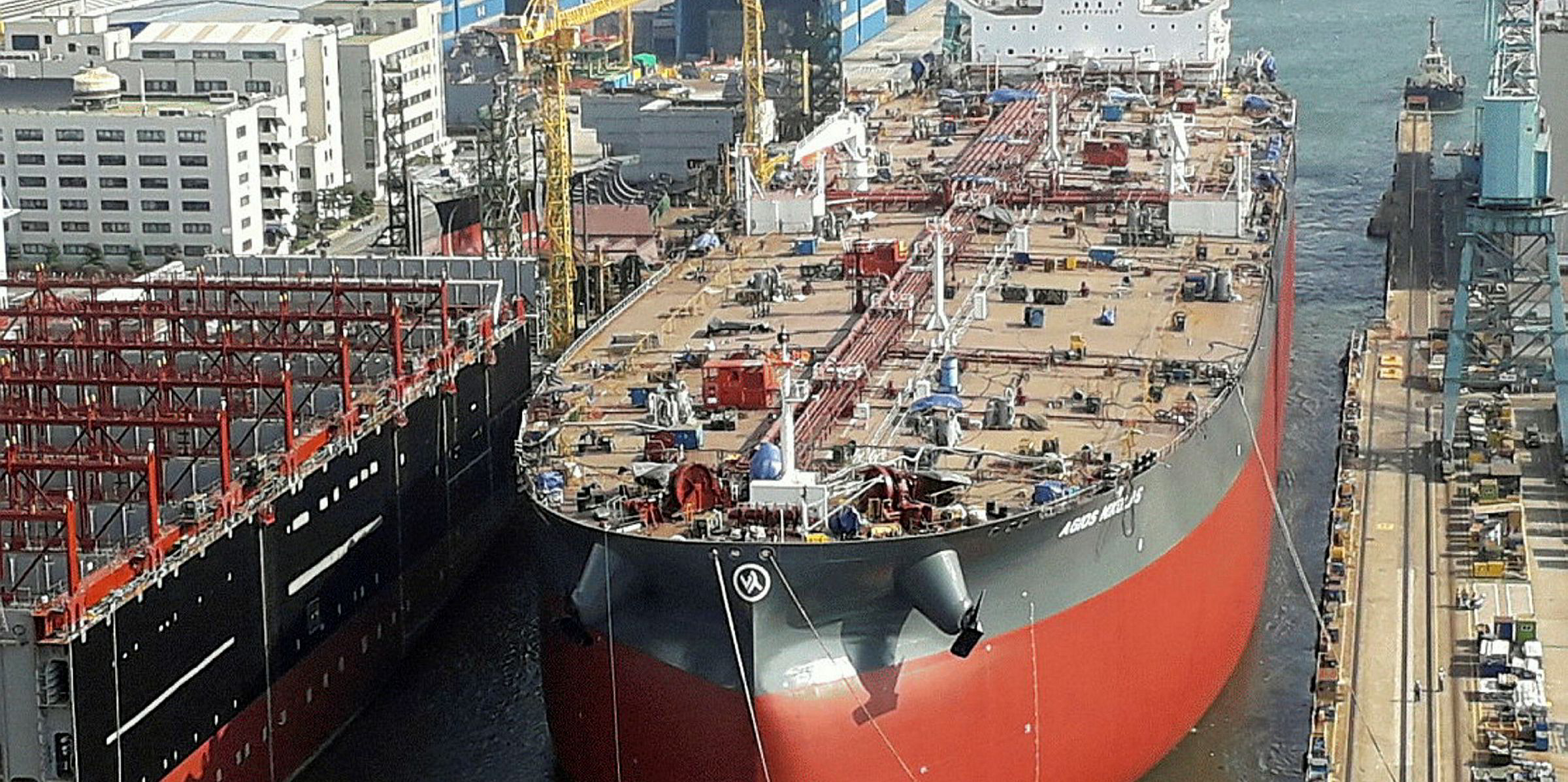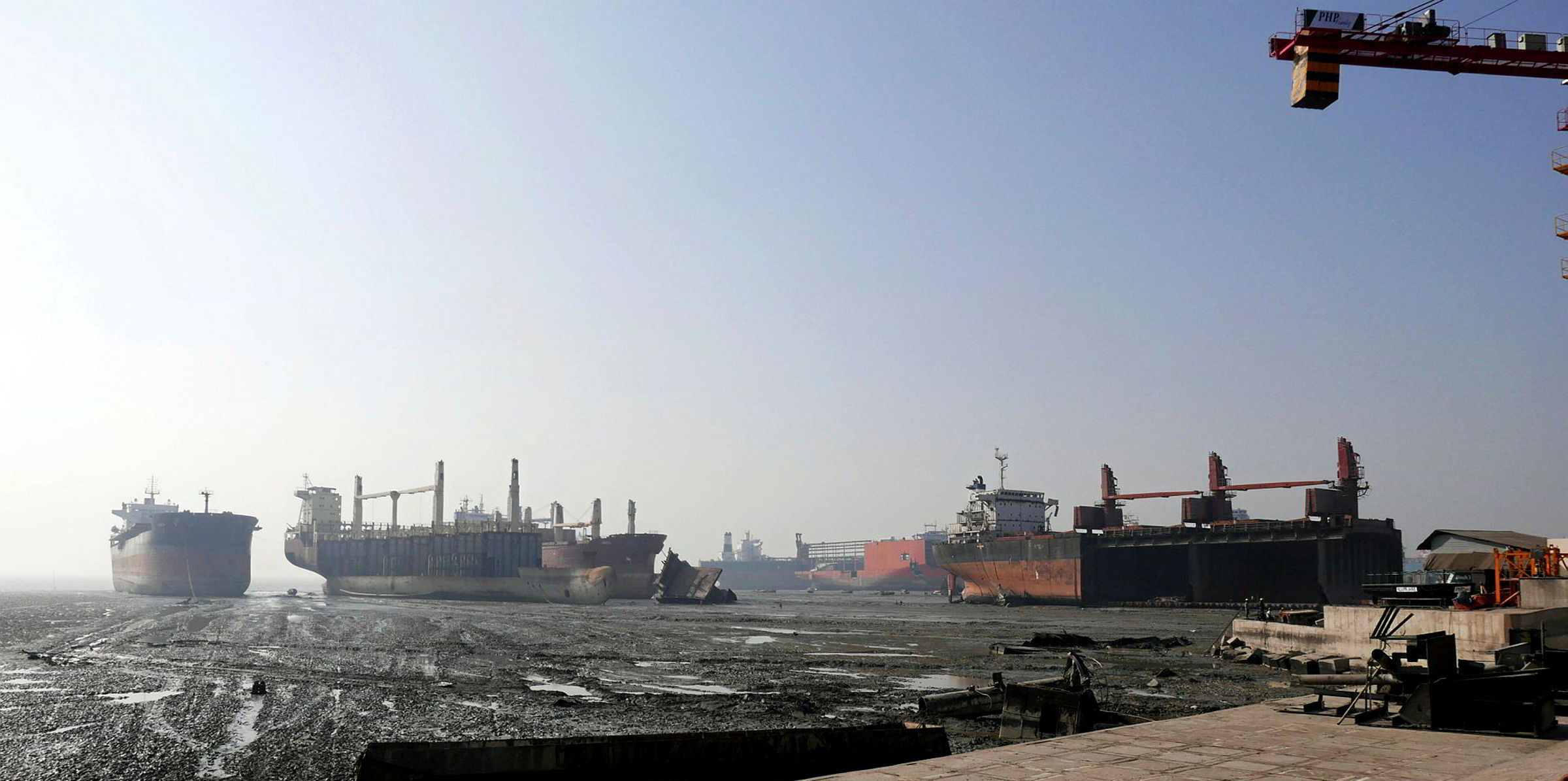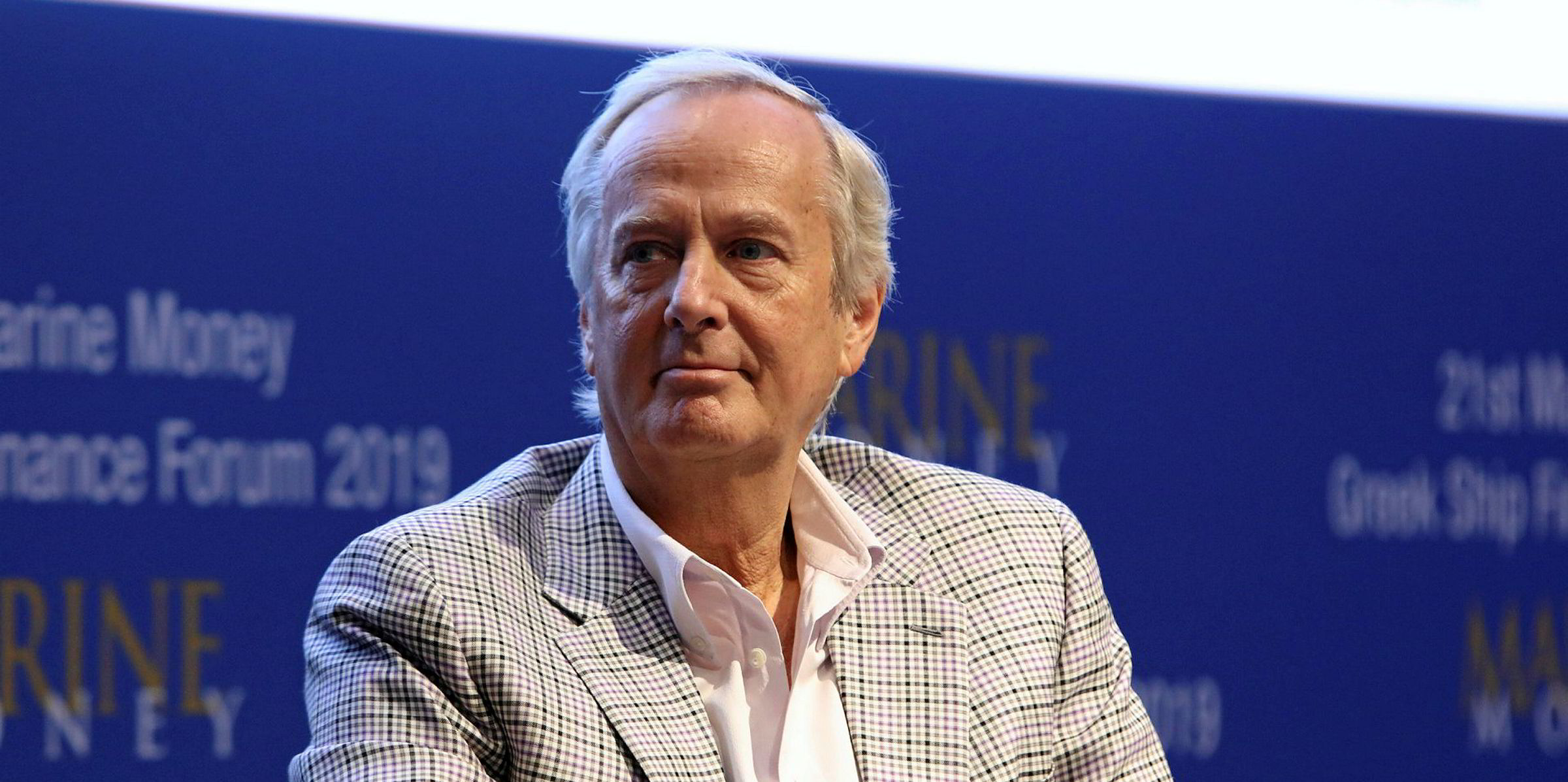Modern, scrubber-fitted VLCCs are attracting attention from investors, but those supposedly nearing the end of their lifespans have done better in the sale-and-purchase market.
Since the resale market entered its current upcycle in early 2018, estimates by VesselsValue show the price of a 20-year-old VLCC has increased by 33.6% — the second-best-performing age group after 15-year-old units.
In comparison, the value of a VLCC newbuilding for prompt delivery has appreciated by 23.6%.
The strength is underscored by a string of recent deals.
Ridgebury Tankers chief executive Robert Burke confirmed to TradeWinds that the 306,397-dwt Ridgebury Pride (built 2000) was sold this month for nearly $25.3m.
“If there is a good opportunity, we will move quickly,” said Burke, who is bullish on VLCC assets.
Although the private equity-backed shipowner has two more 2000-built VLCCs in its fleet, the 306,397-dwt Ridgebury Progress and Ridgebury Purpose, Burke said he would not mind being on the buying or selling side, assuming opportunities are good.
Brokers also reported that TOP NYK MarineOne — a joint venture between NYK Line and Thai Oil — sold the 281,000-dwt Tenyo (built 2000) for between $24m and $24.8m. It will be used for West African floating storage business.
The Ridgebury Pride and Tenyo, both non-scrubber ships, are reportedly taken by Greek owners, but their identities are still unknown.
Singapore's Winson Oil is said to be in talks to sell the 312,700-dwt Winson No 5 (built 2001) for $28m.
Bullish freight environment
The prices are 45% to 50% higher than the vessels’ demolition values, suggesting that the new owners intend to continue operating them for some time. This defies earlier market expectation that vintage VLCCs would be sent to scrapyards once the IMO 2020 rules took effect, given their relatively high fuel consumption.

Taking into consideration that the VLCCs are required to undergo special surveys and be installed with ballast water treatment systems soon, at a total cost of more than $2m per vessel, analysts suggested the deals show the freight environment is very bullish.
“[They] would actually be among the cleanest reads on expectations for the 2020 and 2021 freight environment,” Webber Research & Advisory managing partner Michael Webber said.
“The value props [proposition] at that age would be driven by two things — near-term freight expectations and scrap steel prices.”
Fearnley Securities’ forecasts show that spot VLCC earnings will average $60,000 per day in 2020 and $45,000 per day in 2021.
Floating storage and conversion opportunities
Some others have pointed out that floating storage and conversion opportunities are also supporting asset values, as the spot strength can be vulnerable to uncontrollable geopolitical events such as US sanctions.
With the IMO 2020 switch, the International Energy Agency has predicted a 1.74m-barrel-per-day fall in high-sulphur fuel oil (HSFO) consumption this year, and oil players are expected to store some of the surplus on VLCCs.
“Floating storage is very much a thing now,” Banchero Costa head of research Ralph Leszczynski said. “We will increasingly have floating storage of surplus HSFO as refiners and traders try to figure out what to do with it.”
A London broker said: “This will be time charter business — even better … much safer than spot.”
With recovering offshore investments due to stabilising oil prices, shipowners would also enjoy more opportunities in selling old VLCCs for conversion into floating production storage and offloading units, according to Leszczynski.
Rystad Energy head of oilfield services research, Audun Martinsen, expects 13 floating storage, production and offloading projects to be awarded in 2020, seven of them related to Brazilian offshore developments.
Leading the pack will be Petrobras, which is emerging from the Car Wash scandal after shoring up its balance sheet in recent years, Martinsen said.
